As 3D printing continues to grow, schools have begun to introduce resin 3D printers into the classroom. For teachers and students, 3D printing provides the opportunity to bring objects from a computer screen into the real world. Instead of just sitting in the classroom and listening to the teacher lecture on a subject, students can now get hands-on experience by learning how to operate resin 3D printers and print out objects all by themselves.
3D printing provides a more interactive learning environment for students so that they can be more engaged in the learning process.
Learning resin 3D printing techniques, as well as the use of programs such as CAD software and slicer software can help to prepare students for the real world as many companies are now moving towards the digital space, where individuals may quickly have to grasp and learn brand new concepts such as designing and 3D printing.
To learn more about different types of resin 3D printing techniques available, please click here.
As 3D printing technology continues to become more mainstream, resin 3D printers have become easily accessible to the general public. Phrozen LCD 3D printers are available at an extremely affordable price, ranging from $199-$2,300. Let’s take a look at how resin 3D printing can be used in the classroom in today’s day and age:
Resin 3D Printing for Specific Curriculums
Resin 3D printing is extremely flexible and can easily be tailored for specific curriculums such as design, medical, geography, science classes among others. As customized educational aids tend to be expensive, resin 3D printing allows teachers to easily print out one-of-a-kind educational materials for the classroom at an affordable price. The 3D printer itself can also work as a learning aid in the classroom.
Teachers and students can use resin 3D printers to create visual aids for the classroom. This gives students the opportunity to physically touch and feel graphs, charts, maps, or even landforms.
With resin 3D printing, students can be taught problem-solving skills. Students can learn to persevere and learn from their mistakes as their 3D prints might not succeed on the first try, but as they tweak their printing techniques and learn from their mistakes, they will eventually succeed. Students can learn about different types of resin 3D printers and how they work, as well as learn how to solve any problem when they arise.
What you need to know before starting resin 3D printing

But before you start, there are a couple of things you must know. First, resin 3D printers require the use of 3D printing files, which are commonly known as STL files. These can commonly be found on websites such as thingiverse.com, myminifactory.com, and cgtrader.com etc.
In order for the resin 3D printer to read these files, it needs to be sliced into numerous layers using slicer software such as CHITUBOX. To learn more about how this works, please view our previous blog post.
Design Classes

In design classes, students can learn how to use software such as Tinkercad and other CAD software to design 3D printing files all on their own. This way, students can work through the entire process: from visualizing their designs to developing and printing out the finished product.
This could easily extend into various types of design such as product design, industrial design, and even interior design.
Designs with unique shapes, angles, and sizes can now be printed with ease. Budding designers can now creatively experiment with new and unique 3D printing ideas to develop their skills.
To learn more about how you can create 3D printed designs that can be used in the design industry, please click here.
Medical Classes
Now, let's make our way from design class onto medical class.
With resin 3D printers, students can print out organs such as the heart, liver, or even the brain to get a better understanding of how these function and work with one another. 3D printing provides students with a visualized learning environment as well as an interactive learning experience.
Did you know that 3D printing is the future of healthcare? Click here to find out more.

Dental courses can also use resin 3D printers to print out different types of dental models such as surgical guides, immediate dentures, crowns, and bridges for practical purposes. Instead of using traditional dental models, dental students can now be trained by using resin 3D printed models.
By learning how to print out dental 3D models, students can be ahead of the curve as many dental clinics are turning towards professional dental 3D printers such as Phrozen Sonic 4K 2022 and Sonic XL 4K 2022 to print out a large number of dental 3D prints at reduced costs. Resin 3D printers can also print out dental parts with high precision and accuracy to ensure that patients have a perfect fit.
To find out more about Phrozen dental LCD 3D printers, please click here.
Geography Classes

Now let's move on from medical class onto geography class.
With the advent of resin 3D printing, geography classes can instantly be brought to life with printed terrains, maps, and even landforms such as mountains or deserts.

3D printed terrains can work to make the classroom more interesting as students can actually touch and feel the difference between different terrains in faraway places and countries, in a learning style known as kinesthetic learning. Students can experience the depth of the 3D printed land in order to get a better understanding of the world around us.
Students can also print out different topographic maps or population maps to learn more about the Earth’s surface in different parts of the world; while population maps can be used to compare differences between populations in different countries or regions.
For printing terrains, maps, and landforms we recommend using the Phrozen Sonic Mighty 4K for best results.
To learn more about how 3D printing can be used for creating visual teaching aids for visually impaired students, please click here.
Science Classes

After geography class, it's time for science!
For budding scientists, physicists, or even chemists, resin 3D printing can open up a whole new world of possibilities. Take, for example, scientists, they may need to study skeletal bones or the skull to learn about the conditions of a person’s body. Resin 3D printing allows scientists to replicate the human skeleton to gain a better understanding of the skeletal system.

While in chemistry, atoms, complex molecules, or even elements from the elements chart can all be brought to life, allowing students the chance to visualize hard-to-grasp concepts. Using complex molecules as an example, parts can be printed out then assembled together easily. Students can then visually see how different parts are connected with one another to get a better understanding of the subject at hand.
There you go! Here are just a few ways resin 3D printing could be used in education. For more 3D printing applications, please click here.


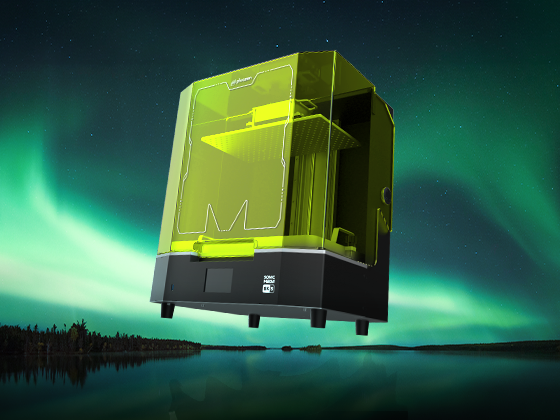
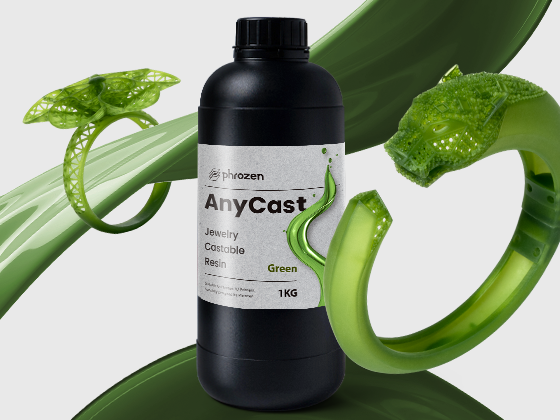
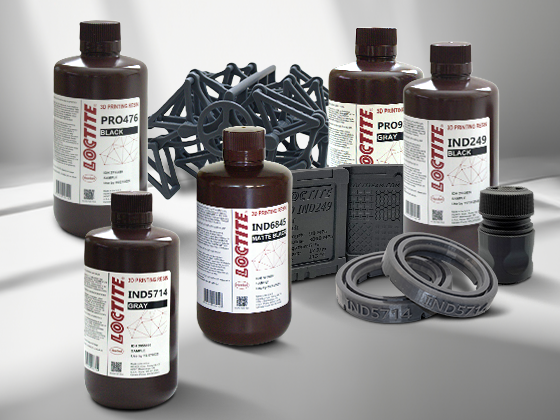
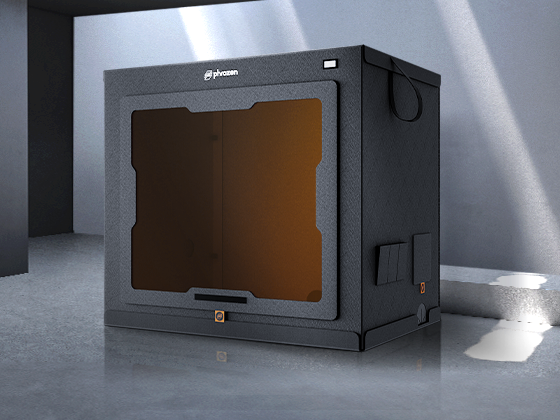
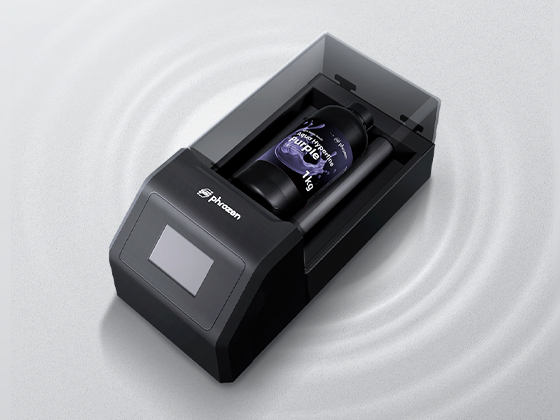
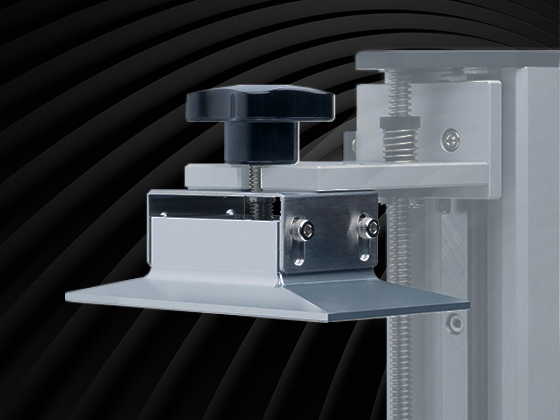
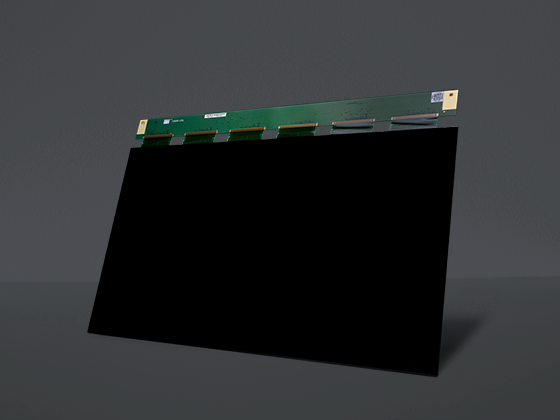
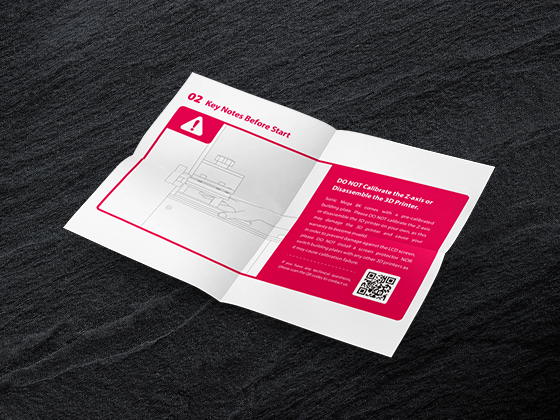
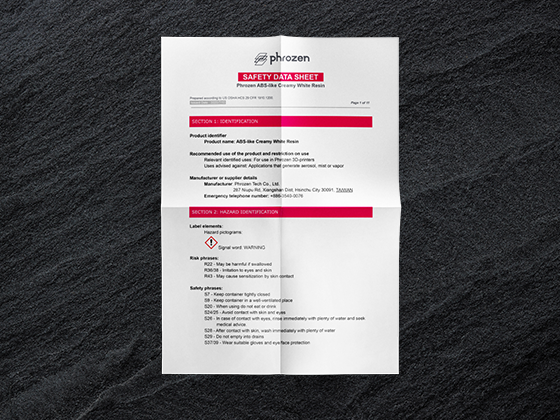
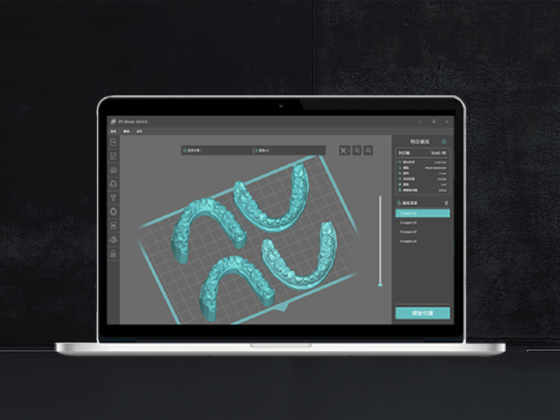
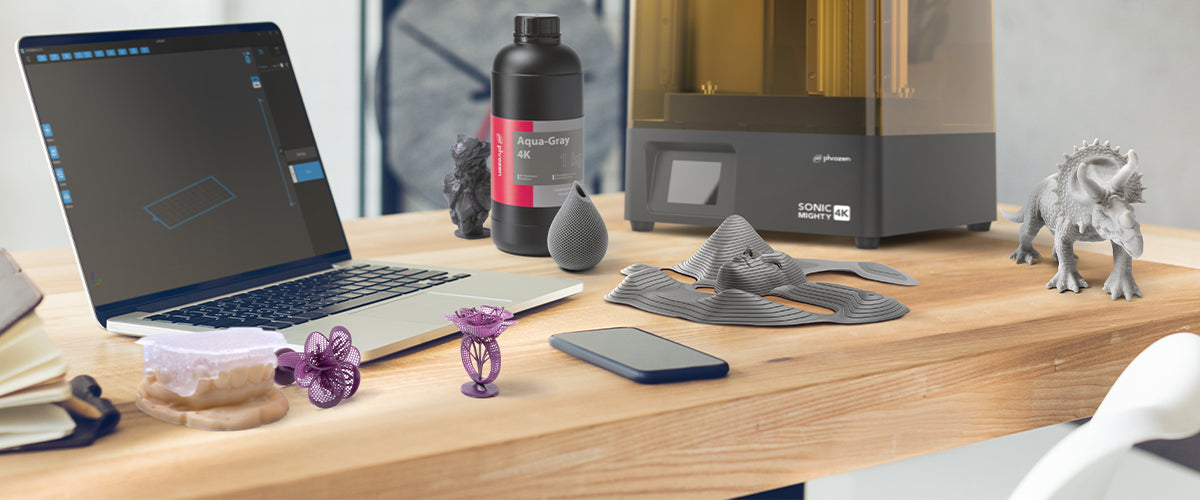


1 comment
Ivo Rodrigues
Assunto: Pedido de Informações sobre Resinas Flexíveis e Compatibilidade com Outras Marcas
Estimada equipa Phrozen,
Espero que esta mensagem vos encontre bem. Sou Ivo Rodrigues, investigador na Universidade do IPCA, e estou a conduzir uma pesquisa que requer materiais específicos para aprimorar os nossos projetos de impressão 3D.
Gostaria de obter informações sobre a vossa linha de resinas flexíveis. Caso a Phrozen disponha destes materiais, seria possível fornecer-me detalhes sobre as características e especificações destas resinas? A flexibilidade dos materiais é um aspeto crucial para os nossos objetivos de investigação, e a vossa experiência nesta área seria de grande interesse para o nosso trabalho.
Adicionalmente, estou interessado em saber se as impressoras Phrozen são compatíveis com resinas de outras marcas. Como temos utilizado diferentes tipos de resinas nas nossas impressoras 3D ao longo dos anos, gostaria de entender se as vossas impressoras suportam uma variedade de resinas ou se há recomendações específicas que devemos considerar.
Agradeço antecipadamente pela vossa atenção a este pedido e fico a aguardar as vossas informações. Caso tenham algum documento ou catálogo disponível, agradeceria se pudessem partilhá-lo para uma análise mais detalhada.
Coloco-me à vossa disposição para esclarecer qualquer dúvida adicional que possa surgir.
Atenciosamente,
Ivo Rodrigues
Investigador
IPCA
———
Phrozen Technology replied:
Hello Ivo,
Thank you for reaching out to us with your inquiry regarding flexible resins and compatibility with other brands. We appreciate your interest in Phrozen products and your dedication to research at IPCA.
To provide you with detailed information about our flexible resins, we kindly request you to submit your request through our official support channel at https://helpcenter.phrozen3d.com/hc/en-us/requests/new. Our support team will assist you promptly with the specific characteristics and specifications of our flexible resin line.
Regarding resin compatibility, our printers support any resin that cures using a 405nm wavelength. Resins with wavelengths between 385nm and 405nm may also be used, but it’s important to note that the curing effects may not be optimal, requiring longer exposure times. Prolonged use of such resins may slightly impact the lifespan of the LCD components compared to using 405nm resins.
For detailed specifications and parameters of our resins, we recommend referring to the product pages on our official website under the Specs section. Additionally, you can find relevant safety information and data sheets for download in the Resources section.
We appreciate your understanding and cooperation. If you have any further questions or need additional clarification, please feel free to reach out.
Best regards, Phrozen Team
Assunto: Pedido de Informações sobre Resinas Flexíveis e Compatibilidade com Outras Marcas
Estimada equipa Phrozen,
Espero que esta mensagem vos encontre bem. Sou Ivo Rodrigues, investigador na Universidade do IPCA, e estou a conduzir uma pesquisa que requer materiais específicos para aprimorar os nossos projetos de impressão 3D.
Gostaria de obter informações sobre a vossa linha de resinas flexíveis. Caso a Phrozen disponha destes materiais, seria possível fornecer-me detalhes sobre as características e especificações destas resinas? A flexibilidade dos materiais é um aspeto crucial para os nossos objetivos de investigação, e a vossa experiência nesta área seria de grande interesse para o nosso trabalho.
Adicionalmente, estou interessado em saber se as impressoras Phrozen são compatíveis com resinas de outras marcas. Como temos utilizado diferentes tipos de resinas nas nossas impressoras 3D ao longo dos anos, gostaria de entender se as vossas impressoras suportam uma variedade de resinas ou se há recomendações específicas que devemos considerar.
Agradeço antecipadamente pela vossa atenção a este pedido e fico a aguardar as vossas informações. Caso tenham algum documento ou catálogo disponível, agradeceria se pudessem partilhá-lo para uma análise mais detalhada.
Coloco-me à vossa disposição para esclarecer qualquer dúvida adicional que possa surgir.
Atenciosamente,
Ivo Rodrigues
Investigador
IPCA
———
Phrozen Technology replied:
Hello Ivo,
Thank you for reaching out to us with your inquiry regarding flexible resins and compatibility with other brands. We appreciate your interest in Phrozen products and your dedication to research at IPCA.
To provide you with detailed information about our flexible resins, we kindly request you to submit your request through our official support channel at https://helpcenter.phrozen3d.com/hc/en-us/requests/new. Our support team will assist you promptly with the specific characteristics and specifications of our flexible resin line.
Regarding resin compatibility, our printers support any resin that cures using a 405nm wavelength. Resins with wavelengths between 385nm and 405nm may also be used, but it’s important to note that the curing effects may not be optimal, requiring longer exposure times. Prolonged use of such resins may slightly impact the lifespan of the LCD components compared to using 405nm resins.
For detailed specifications and parameters of our resins, we recommend referring to the product pages on our official website under the Specs section. Additionally, you can find relevant safety information and data sheets for download in the Resources section.
We appreciate your understanding and cooperation. If you have any further questions or need additional clarification, please feel free to reach out.
Best regards, Phrozen Team